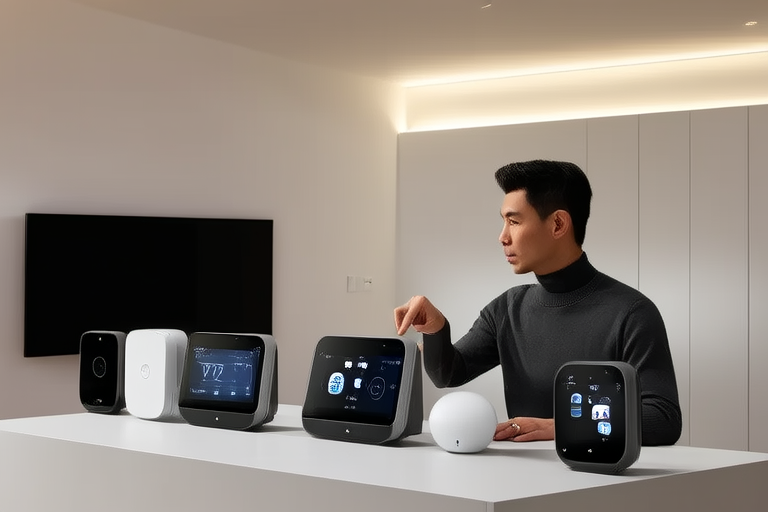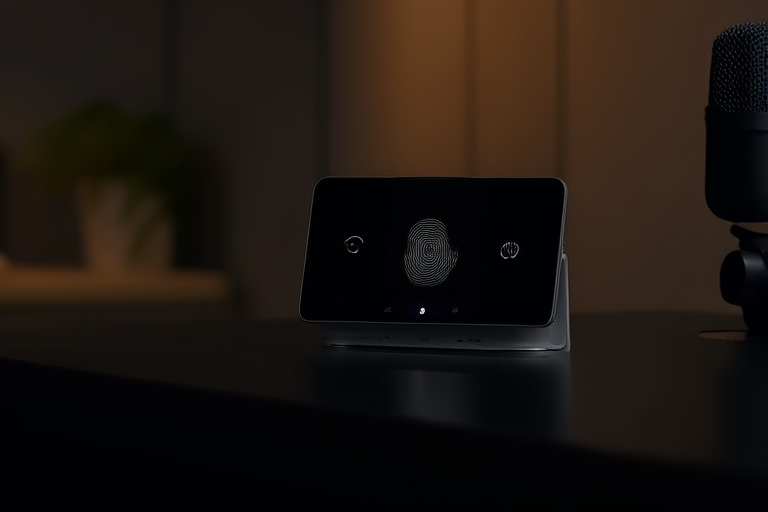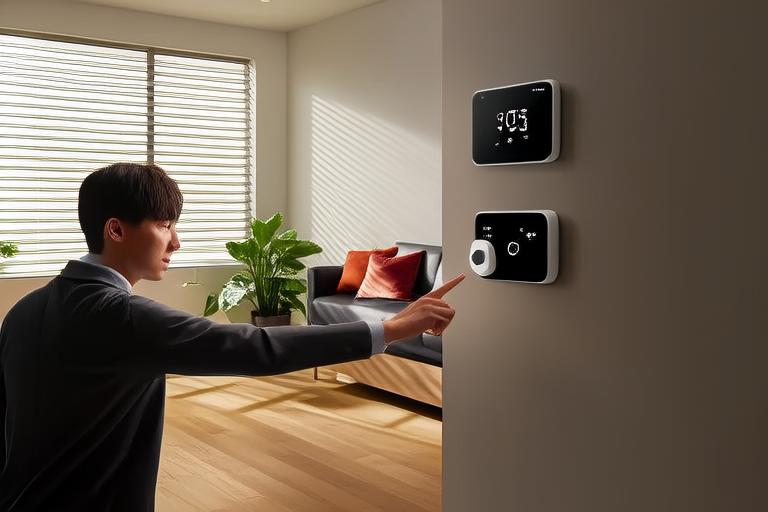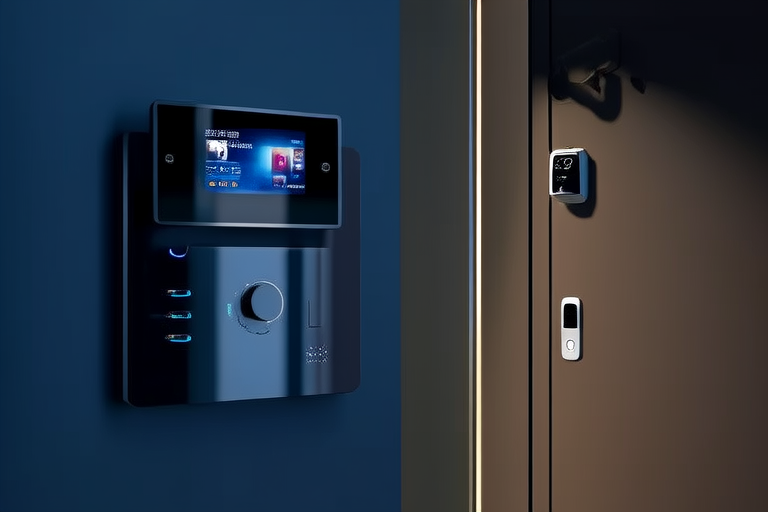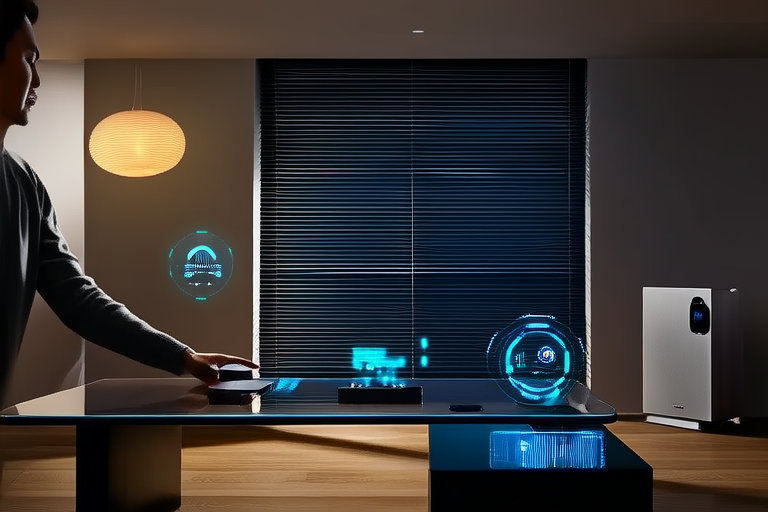The Ultimate Guide to Integrating Smart Devices in Your Home
Introduction
Welcome to the future of home living! Smart home devices are revolutionizing the way we interact with our homes, offering unprecedented levels of convenience, enhanced security, and improved energy efficiency. These devices, ranging from smart lights and thermostats to security cameras and voice-controlled assistants, are designed to make your life easier and more comfortable. By integrating these smart gadgets into your home, you can enjoy a more connected and automated environment that adapts to your needs and preferences.
Types of Smart Devices
There’s a wide variety of smart home devices available today, each serving specific purposes:
Smart Lights
These allow you to control your lighting remotely via smartphone apps or voice commands. They can also be programmed to turn on or off at certain times or respond to motion sensors.
Smart Thermostats
Automatically adjust the temperature based on your schedule, saving energy and reducing utility bills. Some models even learn your preferences over time.
Security Cameras
Monitor your home in real-time and receive alerts if unusual activity occurs. Many come with night vision and two-way audio for added peace of mind.
Smart Speakers
Play music, answer questions, control other smart devices, and even order groceries. Popular brands include Google Nest, Amazon Echo, and Apple HomePod.
Smart Doorbells
Allow you to see and speak to visitors at your door, even when you’re not home. Some models have motion detection and video recording features.
Smart Appliances
From refrigerators that track inventory to washing machines that notify you when they’re done, these devices make household chores easier and more efficient.
Choosing the Right System
Before diving into smart home technology, it’s crucial to select the right ecosystem. Major players include:
- Google Assistant: Known for its seamless integration with Android devices and strong support for third-party products.
- Amazon Alexa: Offers a vast library of skills and integrations, making it versatile for various needs.
- Apple HomeKit: Preferred by Apple users for its tight integration with iPhones and iPads.
Consider factors like compatibility with existing devices, ease of use, and the ability to integrate multiple systems.
Setting Up Your Smart Home
Setting up your smart home involves several steps:
- Installation: Follow manufacturer instructions carefully to ensure proper setup.
- Wi-Fi Connection: Connect each device to your home Wi-Fi network.
- Linking Devices: Use a central hub or app to manage all your smart devices.
Security Considerations
While smart home devices offer many benefits, they also introduce potential vulnerabilities:
- Use strong passwords and enable two-factor authentication.
- Keep software updated regularly.
- Encrypt data transmitted between devices.
Smart Home Automation
Create automation routines to streamline daily tasks:
- Turn off lights at sunset.
- Adjust thermostat settings based on occupancy.
Common scenarios include waking up to a preset alarm, brewing coffee, and starting your morning routine.
Voice Control and Integration
Utilize voice assistants to control smart devices effortlessly:
- Turn lights on/off.
- Check the weather.
Voice commands can simplify everyday tasks and enhance user experience.
Cost Considerations
Initial investments vary depending on the number and type of devices. Subscription fees may apply for premium services, while regular maintenance ensures optimal performance.
Future Trends
Stay ahead with emerging technologies:
- Advancements in AI.
- Enhancements in IoT.
- Innovations in energy management.
Conclusion
Integrating smart devices into your home offers numerous benefits, from enhanced convenience to increased security. Explore the possibilities of a smarter, more connected living space today!
